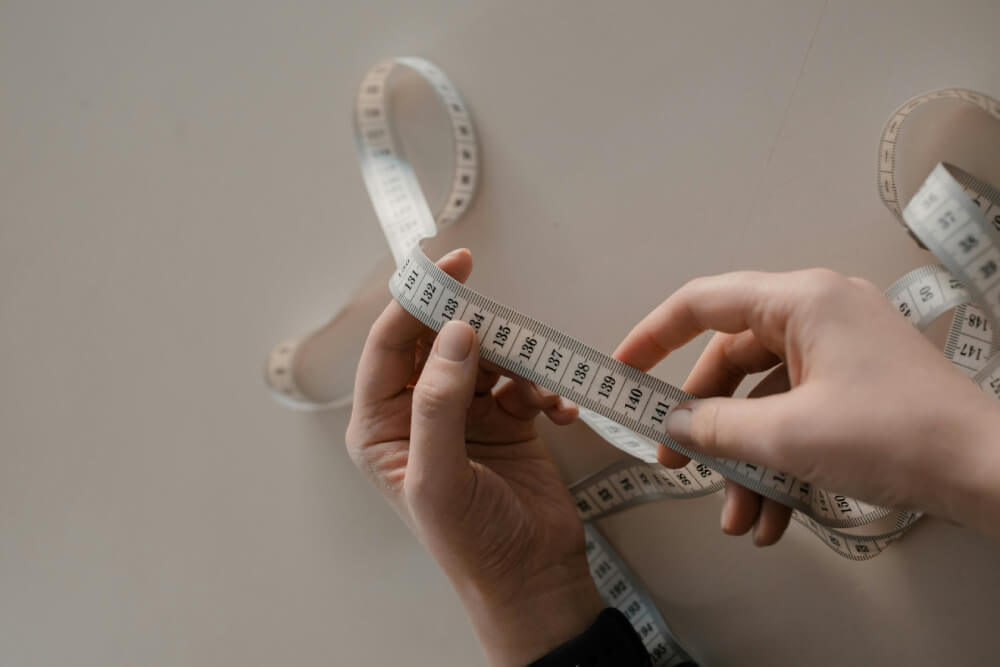Size Guides
Please make sure that you have the correct sizing for your child’s uniform. To ensure the best fit and avoid disappointment and inconvenience, we would always recommend that you check your child’s measurements before ordering. Please see the information and “how to” videos below.


Getting measurements for your order
How to measure for a girl’s blazer
Feeling uncertain about sizing? Don’t worry, we’ve got you covered! Check out our measuring guide video for blazers.
View our Video GuideChest measurement
To find the right size blazer, measure around the fullest part of the chest in inches, ideally without too many layers of clothing on. Use a soft tape measure, keeping it level and snug but not too tight.
The blazer size corresponds to this chest measurement, so if the chest measures 30 inches, choose a size 30 blazer. If in between sizes, consider sizing up for a more comfortable fit.
How to measure for a boy’s blazer
Feeling uncertain about sizing? Don’t worry, we’ve got you covered! Check out our measuring guide video for blazers.
View our Video GuideChest measurement
To find the right size blazer, measure around the fullest part of the chest in inches, ideally without too many layers of clothing on. Use a soft tape measure, keeping it level and snug but not too tight.
The blazer size corresponds to this chest measurement, so if the chest measures 30 inches, choose a size 30 blazer. If in between sizes, consider sizing up for a more comfortable fit.
How to measure for a skirt
Feeling uncertain about sizing? Don’t worry, we’ve got you covered! Check out our measuring guide video for skirts.
View our Video GuideSkirt measurements
Some skirts, depending on style, are made to fit on the hips, whereas others are made to fit on the waist. For either style, they should be measured for in the same way. You’ll need two measurements, the waist and the length. To find the right size, measure around the natural waist in inches, normally the narrowest part of their torso. This is normally higher than where the skirt will sit.
Wrap the tape around, keeping the tape snug but comfortable. Next, you should measure the length of the skirt from the top of the skirt to the desired length.
How to measure for trousers
Feeling uncertain about sizing? Don’t worry, we’ve got you covered! Check out our measuring guide video for trousers.
View our Video GuideWaist & leg measurements
To find the right size school trousers, measure around the natural waist in inches, normally the narrowest part of their torso. Wrap the tape around, keeping the tape snug but comfortable. The waist measurement determines the trouser size and you don’t need to add anything extra for growing room.
Next, measure the inside leg from the top of the inner thigh down to the ankle bone for the correct length.
Need Extra Info? Get in Touch
For any questions regarding sizes or specific uniform details, our team is here to help. Contact us for personalised assistance and guidance tailored to your needs.
Contact Us